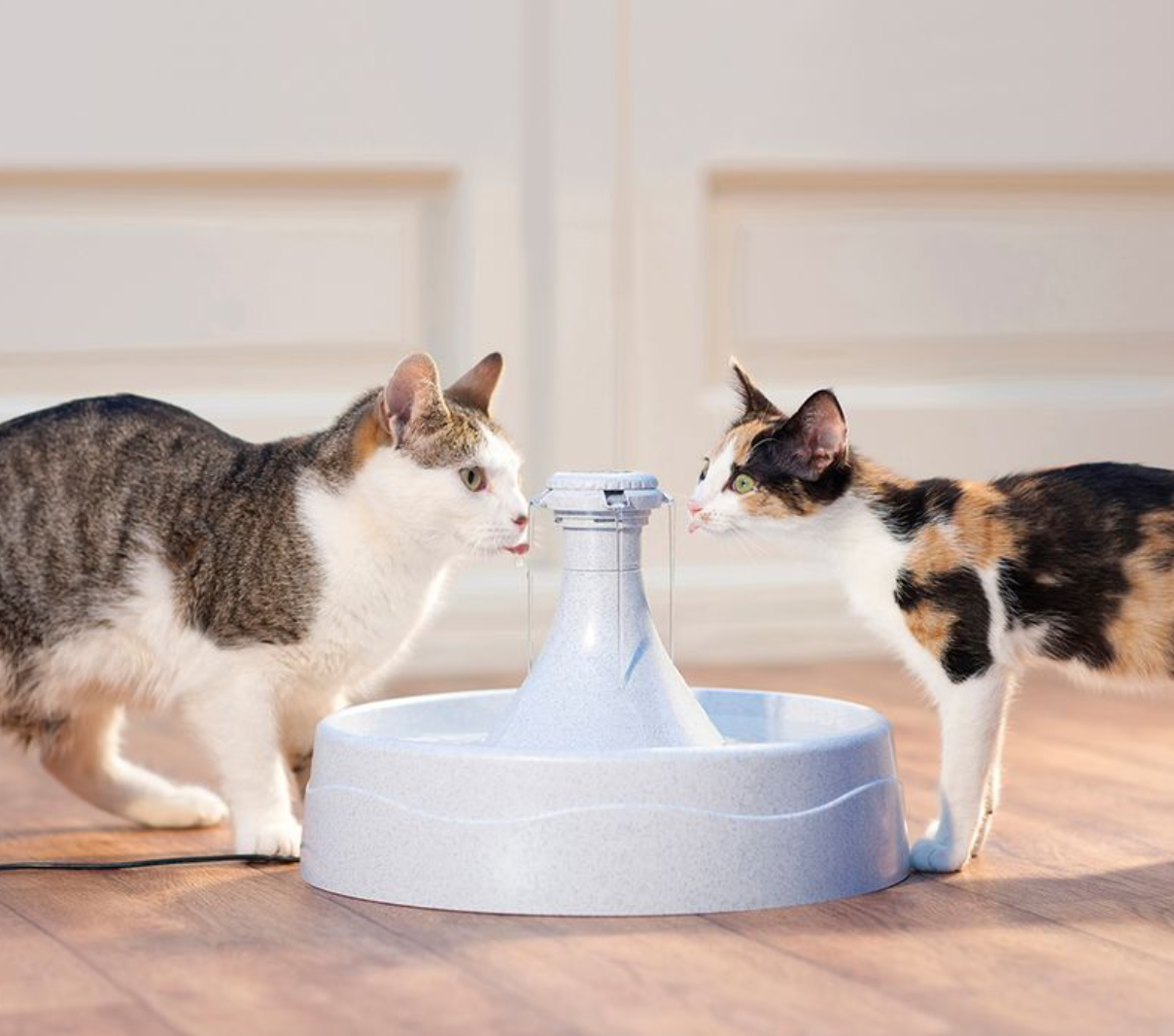Can Cats Get Alabama Rot?
Alabama Rot, also known as Cutaneous and Renal Glomerular Vasculopathy (CRGV), is a rare and mysterious disease that primarily affects dogs. It is named after the state in which it was first identified in the 1980s among racing Greyhounds. The disease has since been reported in several other countries, prominently the United Kingdom, where numerous cases have appeared in recent years. Given that Alabama Rot mainly affects dogs, it's natural to wonder if cats are similarly at risk. In this article, let’s explore if cats can get Alabama Rot, what are the symptoms, and how can you protect your pets from this infection.
Can Cats Be Affected By Alabama Rot?
To date, there have been no confirmed cases of Alabama Rot in cats. The disease appears to be highly specific to dogs, although it is still not fully understood. There is currently no concrete evidence to suggest that cats can be affected by Alabama Rot.
However, caution must be exercised since there is still much unknown about this rare disease. Misdiagnosis among cats cannot be ruled out, and the possibility of a future case in felines cannot be disregarded. Pet owners should remain vigilant and monitor their pets for any symptoms or signs of infection.
What are the Symptoms of Alabama Rot?
Though cats have not yet been observed to suffer from Alabama Rot, it's essential for pet owners to be familiar with its symptoms in dogs. This awareness can help in the early detection of the disease and enable seeking prompt veterinary attention. The common symptoms of Alabama Rot in dogs include:
Skin lesions: These typically appear as small, circular, ulcer-like sores on the skin, mainly on the dog's legs, paws, and face. The sores can be swollen, red, and may ooze pus or fluid.
Kidney failure: Within a few days of the appearance of skin lesions, dogs can develop acute kidney failure. Signs of kidney failure include vomiting, loss of appetite, lethargy, and changes in the quantity and appearance of urine.
It's crucial to seek veterinary attention immediately upon noticing these symptoms, as Alabama Rot can be fatal if not treated promptly. Early intervention maximizes the chances of a positive outcome for the affected dog.
How to Protect Your Pets from Alabama Rot
While no specific prevention measures can guarantee protection from Alabama Rot, pet owners can take some general precautions to reduce the risk:
Maintain hygiene: Clean your pet's paws and legs after walks, especially in muddy or wet conditions, as the disease's exact cause is unknown and might be associated with environmental factors.
Monitor pet behavior: Keep a close eye on your pet's behavior and health. If you notice any unexplained skin lesions or signs of illness, seek veterinary advice as soon as possible.
Stay informed: Stay updated on Alabama Rot cases in your area and any new findings about the disease. This can help you be more vigilant and make informed decisions about your pet's welfare.
To summarize, while there is no evidence that cats can suffer from Alabama Rot, pet owners should not be complacent. It's essential to continue monitoring your pets for any signs of illness and maintain good hygiene habits. Seek immediate veterinary care if you notice any abnormal symptoms, ensuring the best possible care for your furry companions.
Species Affected by Alabama Rot
Dogs: Dogs are the primary species affected by Alabama Rot. Cases have been reported across various breeds and geographical locations.
Other species with documented cases of similar diseases, that are less well-defined and could potentially be related to Alabama Rot, include:
Horses: In 2014, a study found that some cases of atypical equine necrotizing vasculitis in horses shared similarities with Alabama Rot in dogs. Further research is needed to confirm whether this condition is the same as CRGV in dogs.
Ferrets: A case report in 2017 documented a ferret with cutaneous and renal vasculopathy, which had some similarities to Alabama Rot. However, more research and case studies are needed to establish a clear link between the disease in ferrets and Alabama Rot in dogs.
In conclusion, dogs are the primary species known to be affected by Alabama Rot. While rare occurrences have been reported in horses and ferrets, further research is necessary to accurately determine whether these cases are the same as CRGV in dogs. Additionally, it's essential to stay informed about any new findings, as this could help broaden our understanding of Alabama Rot and the range of species it affects.
































